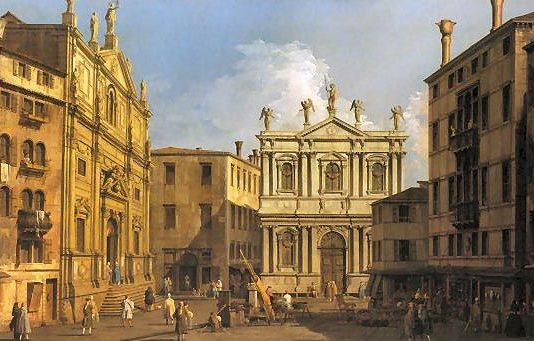Brutalism
The style known as brutalism was a bold, distinctive version of modernism that became popular in the 1960s. Typified by extensive use of concrete...
Art Deco
In the 1920s a number of French designers promoted a style that made ornament modern. They turned their backs on traditional classical and Gothic...
Minimalism
One of the most familiar interior design styles of recent decades is minimalism—plain walls, surfaces uninterrupted by ornament or moldings, zero clutter. Fashionable as...
De Stijl
Dutch architects were in the vanguard of modernism from 1910 to the end of the 1920s. Their De Stijl movement, which produced stunning white...
Expressionism
The expressionist movement had its heyday in Germany and the Netherlands in the 1920s. It brought dramatic new forms—curving walls and faceted domes, for...
Garden city
In the 1870s a number of landlords and social reformers began to design improved housing for ordinary people, creating spacious settlements with generous gardens...
Art Nouveau
One of the strongest reactions against the clutter, formality and artistic revivalism of the Victorian period was Art Nouveau—a style of art that swept...
Beaux-arts
The beaux-arts style was a way of building that originated in the school of fine arts set up in Paris in the early 19th...
Arts and Crafts
A number of 19th-century British architects and designers turned away from industry to create a revival of craft-based architecture using local materials. The resulting...
Mystical interpretation of Light
Which came to the medieval theology of Western Europe in translations of the works of St. Dionysius the Areopagite ("Pseudo-Dionysius") John Scott Eriugena, had...
Modernism
Left alone with bare volumes, the architects, however, did not turn out to be theoretically unarmed. What to do with the undisguised decor of...
Institutionalization of architecture
Population growth, labor productivity and well-being are the three factors that formed the basis for the enormous volumes of construction that took place in...
Architecture of Central Europe
There are hardly any general works devoted to architecture on a pan-European scale. Even Pevsner's book, contrary to its name, cannot be recognized as...
Historical motives in the perception of architectural heritage
Historical motives not only arise in the perception of architectural heritage, but are sometimes re-designed for the sake of creating specific associations.
A special kind...
Symmetry as a visual, visible harmony
The symmetrical compositions of French gardens of the XVII century, the "architecture" of greenery (geometric shapes of trees, shrubs and curtains) were a continuation...
The art of ornament – the laws of symmetry and rhythm
The task of creating a new spatial expressiveness is to depict an imaginary (imaginary) space with the help of an object. "For us, however,...
